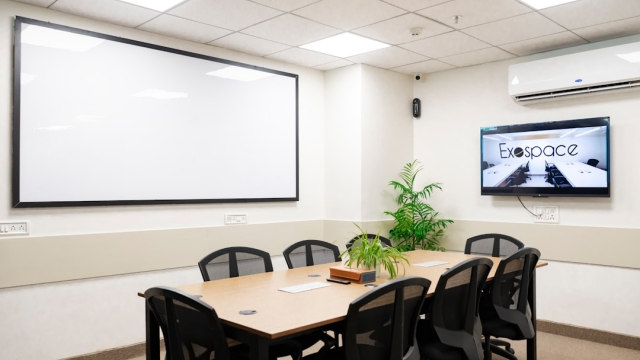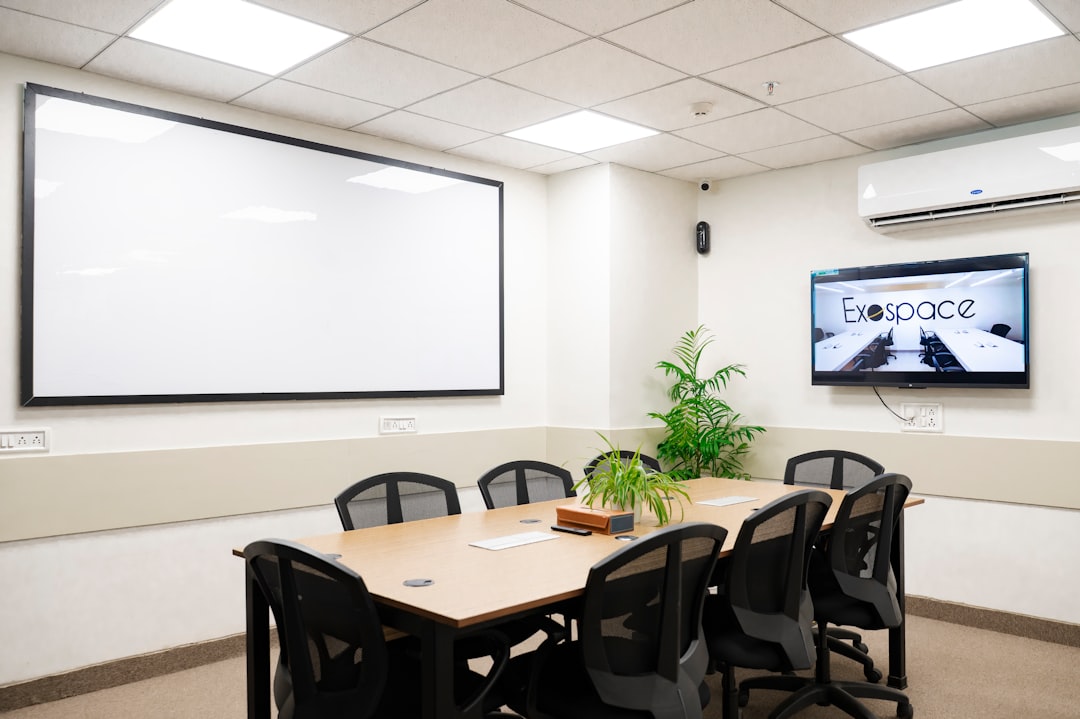In today’s fast-paced business landscape, effective communication and collaboration are paramount. One critical aspect that facilitates this is corporate AV integration, which encompasses a blend of audio and visual technologies designed to enhance the way organizations operate. Properly integrated AV solutions can significantly improve meeting experiences, streamline presentations, and foster a collaborative atmosphere, ultimately driving productivity and innovation within a corporate environment.
Understanding Corporate AV Integration: Key Components and Benefits
Corporate AV integration involves the seamless combination of various audio-visual components to create a cohesive system that meets the specific needs of an organization. Key components typically include hardware such as projectors, screens, microphones, speakers, and cameras, as well as software that manages these devices and ensures smooth operation.
One of the primary benefits of integrating AV solutions for corporate environments is the enhancement of communication. High-quality audio and visual technology can help eliminate barriers, making it easier for teams to collaborate, whether they are in the same room or connecting remotely. Additionally, a well-integrated system can provide a more engaging experience for participants, fostering better retention of information and encouraging active participation.
Choosing the Right AV Solutions for Your Corporate Environment
When selecting AV solutions for a corporate setting, several factors should be considered to ensure that the integration aligns with the organization’s goals and budget. Understanding the specific requirements of your corporate environment is crucial. For instance, consider the size of your meeting spaces, the number of participants, and the types of presentations you will be conducting.
Budget is another important aspect. Companies should evaluate the available resources and determine what level of investment is feasible while still achieving desired outcomes. Additionally, scalability should be a priority; the AV solutions chosen should be flexible enough to grow with the organization’s changing needs, whether that involves adding new technology or expanding to additional locations.
Moreover, it is wise to consult with AV integration specialists who can provide insights and recommendations based on industry best practices. These experts can help identify the most suitable equipment and software to match your corporate environment’s unique demands.
Best Practices for Implementing AV Technology in Meetings and Events
Once the right AV solutions have been selected, the next step is the implementation of the technology. Successful corporate AV integration requires careful planning and execution. Here are some best practices to consider:
1. Conduct a Needs Assessment: Before implementation, conduct a thorough assessment of your organization’s specific AV needs. Gather input from employees who regularly use the technology to understand their preferences and pain points. This information will help ensure that the implemented solutions are user-friendly and effective.2. Test and Train: After installation, it is essential to conduct testing to ensure all components work harmoniously together. Additionally, providing training sessions for employees on how to use the new technology will help maximize its benefits. A confident team that understands how to leverage AV tools will lead to more productive meetings.3. Create a Support System: Establish a support system for troubleshooting and maintenance. This could involve designating an in-house team or partnering with an AV service provider who can offer ongoing support. Having access to technical assistance can significantly reduce downtime and improve the user experience.4. Gather Feedback: After implementation, regularly gather feedback from users about their experiences. This can help identify areas for improvement and ensure that the AV solutions continue to meet the organization’s evolving needs.In conclusion, corporate AV integration is a vital component of effective communication in today’s business world. By understanding the key components, choosing the right solutions, and following best practices for implementation, organizations can create a dynamic environment that fosters collaboration and innovation. For further insights on corporate AV integration, you can find additional resources and guidance on [dedicated AV integration services](https://dedms.com/corporate-av-integration).



